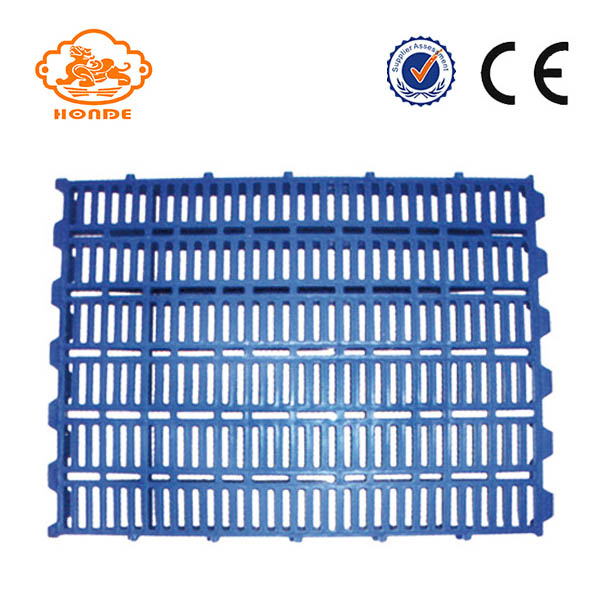The prevention and treatment of cyclamen wilt
Second, the transmission of wilt disease with mycelium or protozoa spores with the disease in the soil or attached to the seed on the winter. Pathogens typically invade from the roots or wounds, enter the vascular bundles, block the catheter, produce toxic substances, and cause yellowing of the bulbous leaves. The condition is severe under conditions of high temperature and humidity, and germs are transmitted through the water stream.
Third, the conditions of illness Cultivation of centuries greenhouses, due to soil bacteria, with watering pathogens from the bottom hole into the basin into the roots. Plants with weak growth and wounds at the roots are more likely to be infected. The annual incidence of facility cultivation is July and August, which is the peak period of onset.
Fourth, control measures Most of the drugs after the occurrence of wilt disease have no obvious therapeutic effect, and production should be mainly prevention and comprehensive treatment.
1. Disinfection of facilities When the cyclamen is completely sold, it is completely sterilized in the greenhouse, and the wastes such as dead leaves, flowers and weeds are removed and then disinfected. The growing season can be carried out in the cyclamen bud extension: in front of leaves, smoked shed with chlorothalonil aerosol 3 times, the first and third intervals of four or five days, the second and third intervals of 7 to 10 days . The area of ​​1 mu of sunlight greenhouses each uses three or four boxes. After 5 o'clock in the afternoon, the aerosol was ignited and the greenhouse was sealed for more than 4 hours before releasing the air.
2. When seeds are sown and sowed, they are soaked in 1000-times potassium permanganate for 12 hours, and soaked with water.
3. Substrate Disinfection Conventional Substrates Disinfection In the week before the upper bowl, 500 grams of soil-contaminated soil is used per cubic meter, or 1000 times potassium permanganate is sprayed. Can also be used to speed the extermination in the upper pot soil mixed one month before, 20 to 30 grams per square meter. After disinfection, pay attention to the protection of the substrate to prevent secondary pollution. 7 days before use, the disinfected substrate was sufficiently tampered with to allow it to breathe and to evaporate residual drug.
4. Ground disinfection Firstly, thoroughly clean the ground and then spray 1,000 times potassium permanganate, or use 3000 grams of ground fungus per acre to clean the river sand and spread it evenly on the ground. With speed must be off 30 to 60 grams per square meter, plus appropriate amount of clean river sand applicator, deep-turn 20 cm, overlying the mulch. When the soil temperature was 10°C, it was fumigated for 27 days, smoked at 15°C for 20 days, smoked at 20°C for 16 days, and smoked at 25°C for 13 days.
5. Pots disinfection Disinfect the used pots with 1000 times potassium permanganate for 2 hours. New pots are available.
6. Planting the flowerpots off-site If there are conditions, an elevated special flower bed or planter stand should be used to allow the flowerpots to leave the ground.
7. Chemical control found diseased plants or cleared and destroyed, or used 70% thiophanate-methyl 500 g, plus 5 kg of clean river sand, mixed with uncontaminated honeycomb briquettes after slag mixing, and spread on the soil of diseased plants. Once in 3 days, sprinkle it 3 times. 70% thiophanate-methyl 800 to 1000 times, 80% carbendazim 800 to 1000 times, antiviral 800 times, and benomyl 2000 times are used alternately to root, 100 ml per dose per dose , Every 7 to 10 days.
The pig Plastic slats are made of high-quality plastic, and are characterized by light weight, good thermal insulation, and can be used for the laying of pig crates.Plastic slats High Injection molding from virgin quality polypropylene copolymers creates durable long-lasting plastic flooring . easy cleaning , fast installation he turned-down edge prevents collection of dirt , which constitutes a bacterial risk. it also eliminates the risk of ear tags getting caught and possibly ripped off, causing ear damage.Our pig plastic slats are of guaranteed quality, durable and can last for a long time. If the buyer is dissatisfied with our samples, we can also make according to customer requirements, or according to the samples provided by customers. Color and size can be changed according to customer's needs.


| 1290 | 400*600mm | for sow |
| 1291 | 400*600mm | for piglets |
| 1292 | 500*600mm | for piglets |
| 1295 | 600*600mm | for piglets |
| 1296 |
700*600mm |
for piglets |
Pig Plastic Slat,Plastic Slat Floor For Pig,Plastic Slatted Flooring,Pig Plastic Slat Floor,Plastic Floors For Pigs,Plastic Pig Floor
HuangHua FengYi Honde Metal Factory , http://www.farrowingcratesfromchina.com